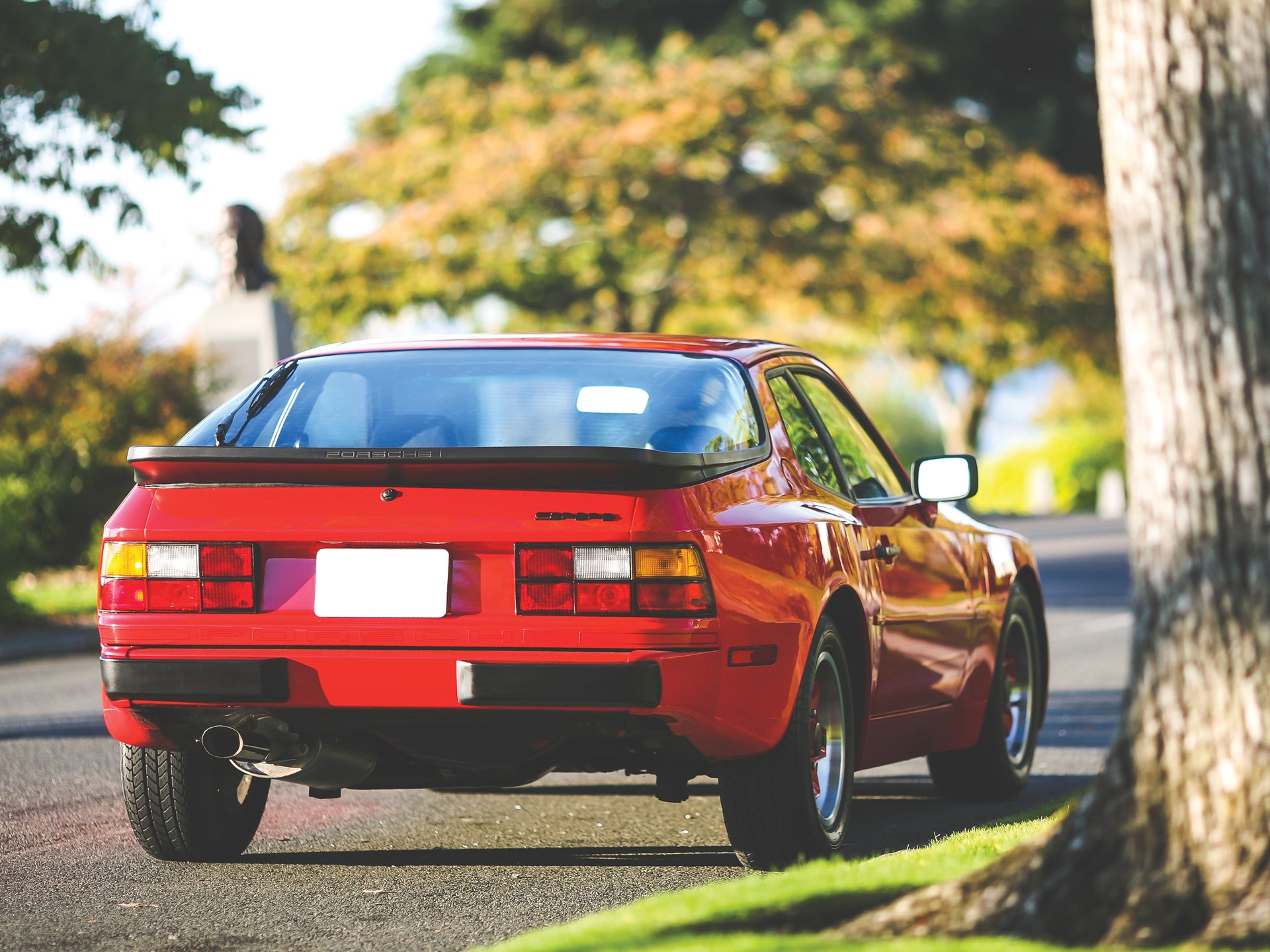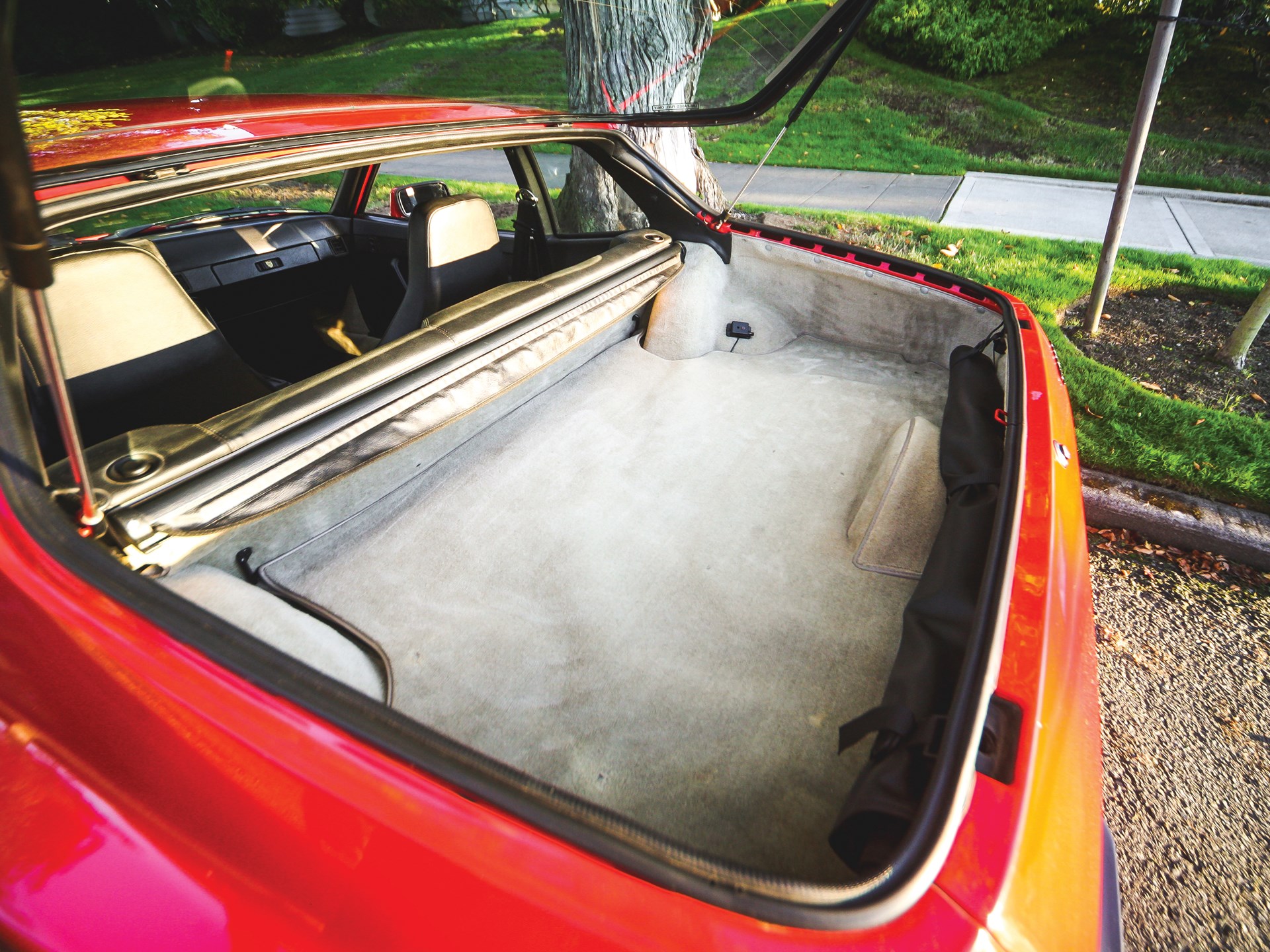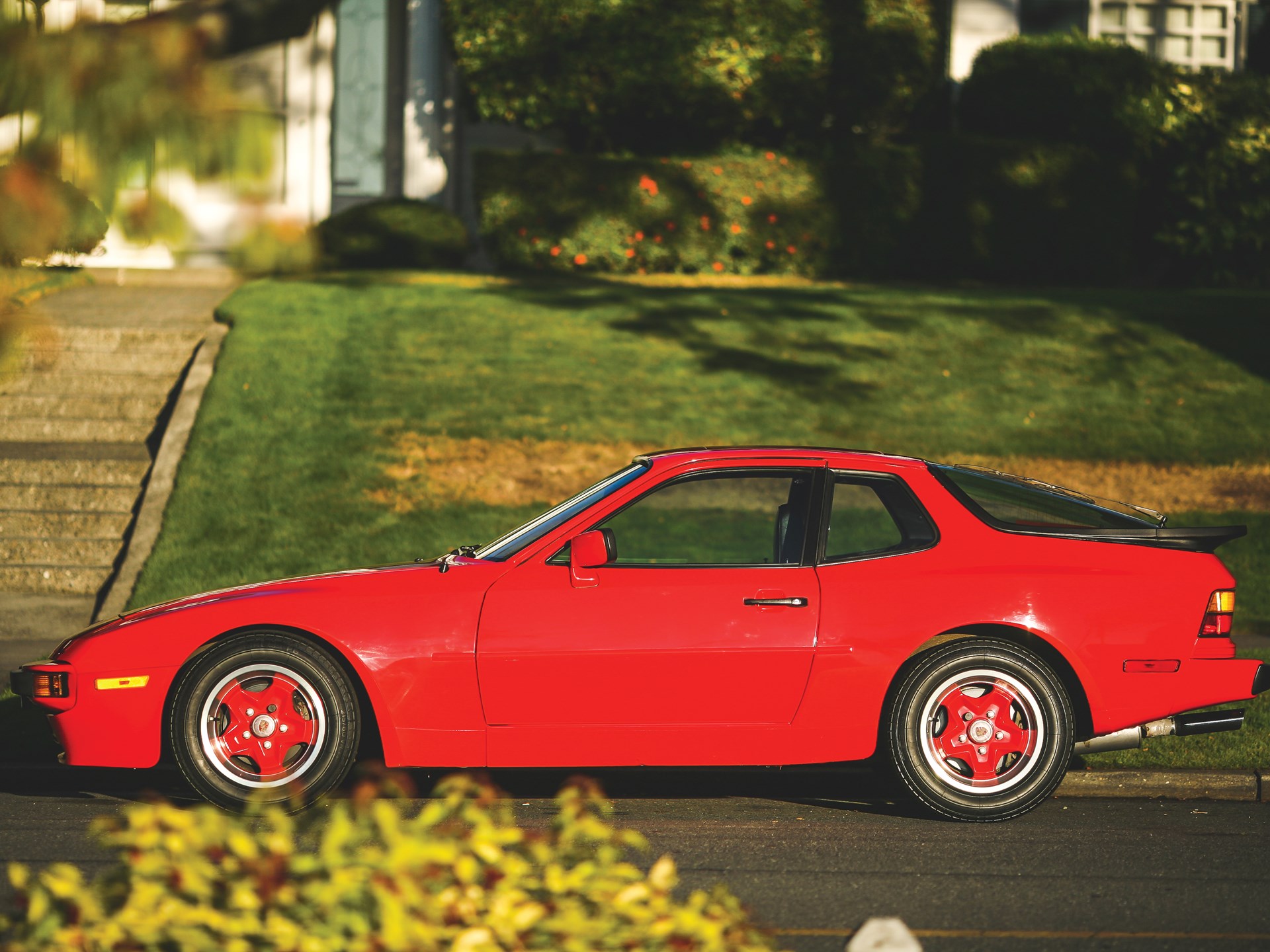The Porsche 944 is no longer the bargain it once was
Is the 944 a thrilling Porsche on a budget, or just an overpriced and expensive-to-fix four-banger? That depends on who you ask.
On one hand, it’s an incredibly well-balanced transaxle sports car with a proper Porsche-designed engine (unlike the buzzy Audi-sourced mill in the 924). Its sloping nose and bulging fender flares make it one of the best-looking cars to come out of the ‘80s. On the other hand, the Porsche 944 is underpowered in most guises, parts are expensive, and at current values they’re far from the best car for the money.
Luckily, though, prices are relatively steady after several years of growth, so while the 944 isn’t the most bang for your buck, it’s still a fun and attractive sports car with a premium badge that mostly comes at entry-level prices. And with few other major movements in the wider Porsche market (at least compared to years past) big changes seem unlikely in the near term.
Balancing act



Of the front-engined, water-cooled “transaxle Porsches,” the 944 occupies middle ground between the small, cheap 924 and the eight-cylinder 928, which is more grand tourer than sports car. Its 2.5-liter four is essentially one half of the 928’s V-8 set into a beefed-up version of the 924 platform. The first U.S. version made just 143 hp (not much for a car that cost over $50k in 2018 dollars), but with nearly 50:50 weight distribution, the 944 was Car and Driver’s Best Handling Production Car in America for 1984. The 944 also looks so darn good that Mazda shamelessly copied its looks for the second-gen RX-7. Mitsubishi did the same with its Starion.
Porsche improved performance with the twin-cam 944 S (187 hp), the 3.0-liter S2 (208 hp), and of course the Turbo (220-250 hp), but the most the base model ever made was 165 hp when its engine grew to a 2.7-liter in 1989. When the power goes up, so does the price, but the S2 is arguably the best all-rounder. Not only is it cheaper to buy and maintain than a Turbo, it only makes 12 fewer horsepower and that big 3.0-liter four gets going a lot lower down in the rev range. Plus, no turbo lag.
Poor man’s Porsche




Speaking of maintenance, the 944 may have been cheap to buy for many years on the used market, but it has never been cheap to keep running, and that has left plenty of budget-minded owners caught unawares. Parts generally aren’t easy to find, and the all-important timing belt and water pump replacement can cost well over a grand to perform.
Some 944 owners over the years daily drove and neglected their cars, but others took the Porsche badge more seriously and pampered their car like it was a 911, so condition of a given 944 can vary wildly. That’s part of the reason why prices vary so much as well, from barely $3000 for a rough but running project to $50k-$60k for a perfect collector-grade Turbo or Turbo S. From about 2012 to the end of 2017, the rising tide of 911 values lifted all the other boats in the Porsche sea, including previously underappreciated models like the 914, 912 and 944.
Farewell, budget 944



In some cases, 944 values doubled or even tripled in value over the past 10 years. So while average Condition #3 (Good) values are still $11,500 across the 944 range, the cars are far from the true bargain buys that they used to be.
At the 944’s current price point, there are plenty of American and Japanese performance cars that are cheaper to buy, cheaper to own, faster, or all of the above. Even Porsche’s own first-gen Boxster, which can be had for a similar price to a base 944, just seems to make more sense. This is mostly why 944s are tracking flat and are pretty middle-of-the-road relative to the rest of the market. They already had their moment in the sun and there’s not really any more room for growth, but they’re still a cheap enough entry into Porsche ownership that they catch people’s attention.





